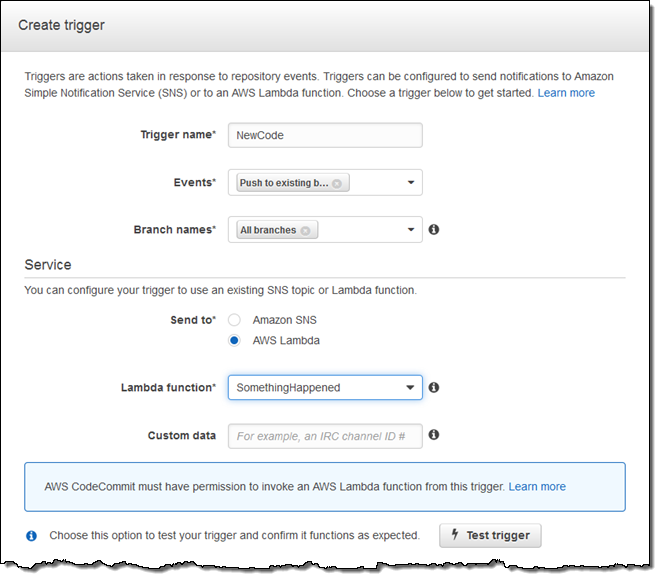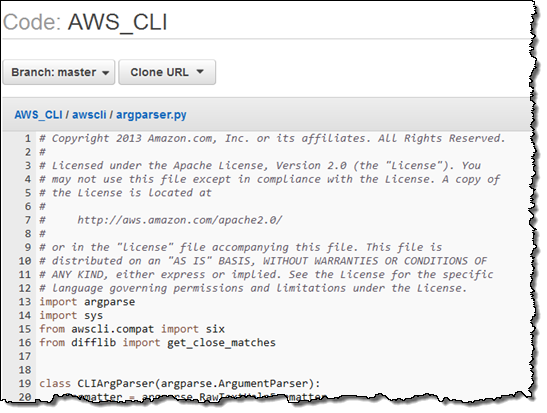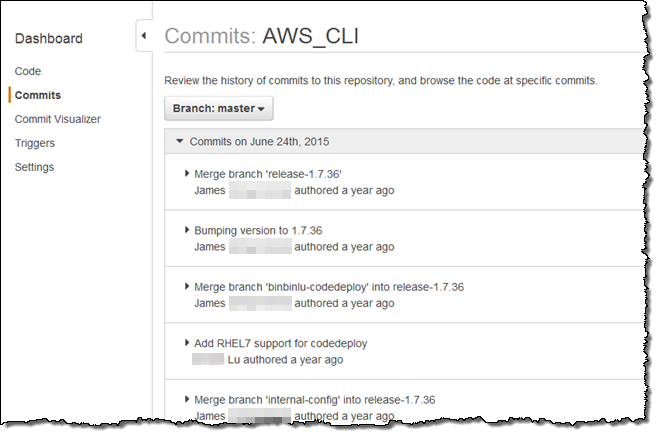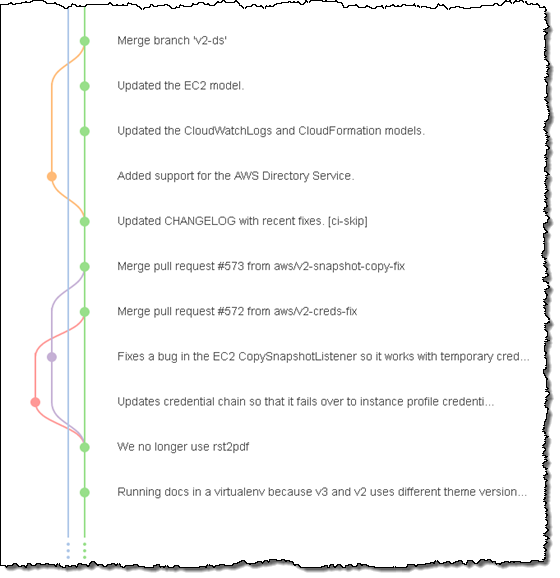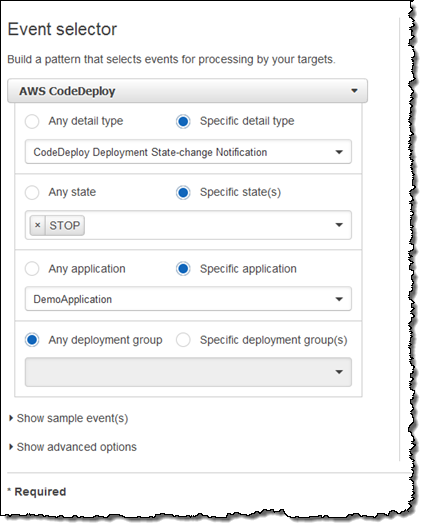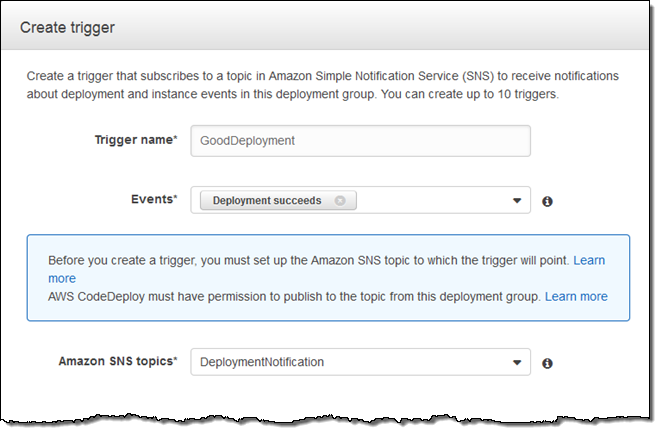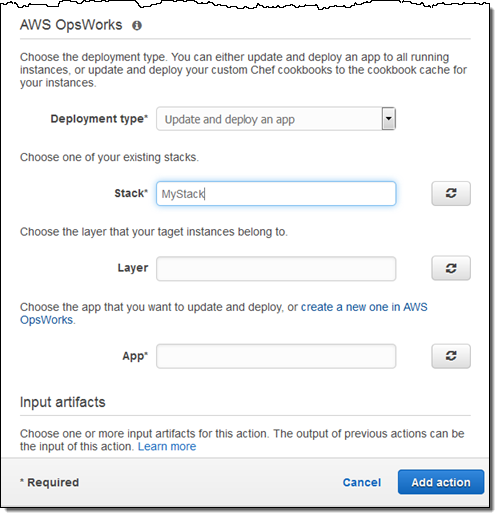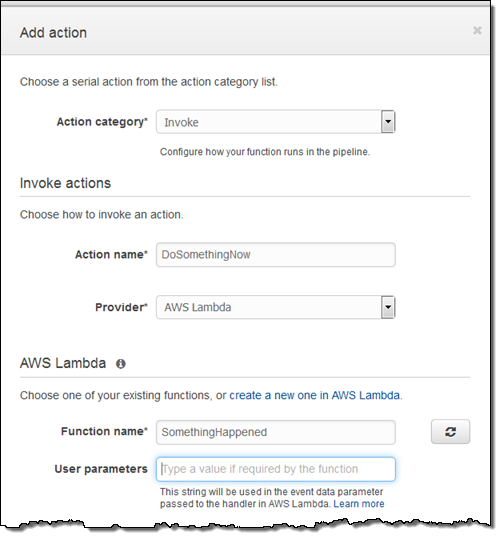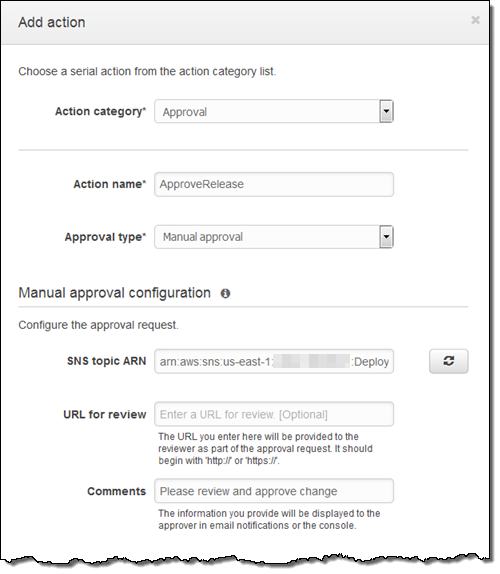Another busy week in AWS-land! Today's post included submissions from 21 internal and external contributors, along with material from my RSS feeds, my inbox, and other things that come my way. To join in the fun, create (or find) some awesome AWS-related content and submit a pull request!
New & Notable Open Source
- aws-git-backed-static-website is a Git-backed static website generator powered entirely by AWS.
- rds-pgbadger fetches log files from an Amazon RDS for PostgreSQL instance and generates a beautiful pgBadger report.
- aws-lambda-redshift-copy is an AWS Lambda function that automates the copy command in Redshift.
- VarnishAutoScalingCluster contains code and instructions for setting up a shared, horizontally scalable Varnish cluster that scales up and down using Auto Scaling groups.
- aws-base-setup contains starter templates for developing AWS CloudFormation-based AWS stacks.
- terraform_f5 contains Terraform scripts to instantiate a Big IP in AWS.
- claudia-bot-builder creates chat bots for Facebook, Slack, Skype, Telegram, GroupMe, Kik, and Twilio and deploys them to AWS Lambda in minutes.
- aws-iam-ssh-auth is a set of scripts used to authenticate users connecting to EC2 via SSH with IAM.
- go-serverless sets up a go.cd server for serverless application deployment in AWS.
- awsq is a helper script to run batch jobs on AWS using SQS.
- respawn generates CloudFormation templates from YAML specifications.
New SlideShare Presentations
- Fast Data at Scale with Amazon ElastiCache for Redis.
- Testing Applications with AWS Device Farm.
- Amazon Redshift: Performance Tuning and Optimization.
- Storage with Amazon S3 and Amazon Glacier.
- The Lifecycle of an AWS IoT Thing.
- Real-time Data Processing Using AWS Lambda.
- A Data Culture with Embedded Analytics in Action.
- Data Warehousing with Amazon Redshift.
- Build Scalable and Secure Mobile Applications with AWS.
- Mobile Software in AWS Marketplace.
- Best Practices for IoT Security in the Cloud.
- Amazon ECS Deep Dive.
- Add User Sign in and Management to your Apps with Amazon Cognito.
- Mobile Web and App Development with AWS.
- Deep-Dive: Building Native iOS and Android Application with the AWS Mobile SDK.
New Customer Success Stories
- AlbemaTV – AbemaTV is an Internet media-services company that operates one of Japan's leading streaming platforms, FRESH! by AbemaTV. The company built its microservices platform on Amazon EC2 Container Service and uses an Amazon Aurora data store for its write-intensive microservices-such as timelines and chat-and a MySQL database on Amazon RDS for the remaining microservices APIs. By using AWS, AbemaTV has been able to quickly deploy its new platform at scale with minimal engineering effort.
- Celgene – Celgene uses AWS to enable secure collaboration between internal and external researchers, allow individual scientists to launch hundreds of compute nodes, and reduce the time it takes to do computational jobs from weeks or months to less than a day. Celgene is a global biopharmaceutical company that creates drugs that fight cancer and other diseases and disorders. Celgene runs its high-performance computing research clusters, as well as its research collaboration environment, on AWS.
- Under Armour – Under Armour can scale its Connected Fitness apps to meet the demands of more than 180 million global users, innovate and deliver new products and features more quickly, and expand internationally by taking advantage of the reliability and high availability of AWS. The company is a global leader in performance footwear, apparel, and equipment. Under Armour runs its growing Connected Fitness app platform on the AWS Cloud.
New YouTube Videos
- This is My Architecture – Check Point Software Technologies.
- This is My Architecture – Palo Alto Networks.
- re:Invent 2016 Global Partner Summit.
Upcoming Events
- November 1 (San Francisco, California) – Security | AWS Loft Architecture Week| SF AWS Pop-up Loft.
- November 3 (Doral, FL) – AWS User Group – Doral Kickoff Meetup.
- November 8 (London, England) – AWS Enterprise Summit London.
- November 9 (New York, New York) – Security | AWS Loft Architecture Week | NY AWS Pop-up Loft.
- November 10 (Webinar) – Introduction to Three AWS Security Services.
- November 10 (Webinar) – Tune Your Cloud: Optimizing AWS Reserved Instances (Cloud Cruiser).
- November 10 (Hamburg, Germany) – Hamburg AWS User Group 2016/11.
- November 14 (Munich, Germany) – Munich AWS User Group November 2016 @ AWS Loft Munich.
- November 23 (Cardiff, Wales) – Meetup #4 of the AWS South Wales User Group.
Help Wanted
Stay tuned for next week! In the meantime, follow me on Twitter and subscribe to the RSS feed.

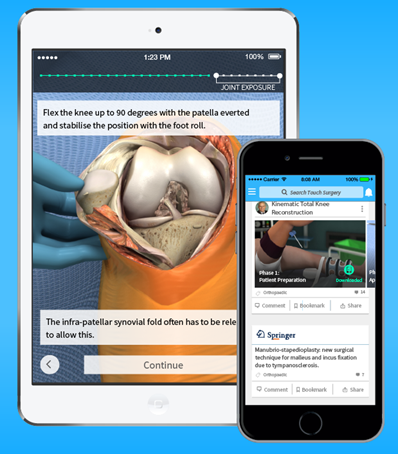


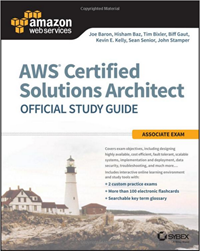
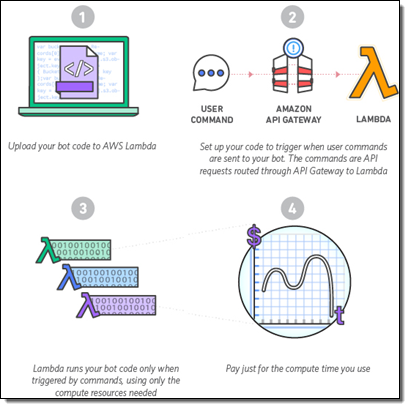
 The
The 